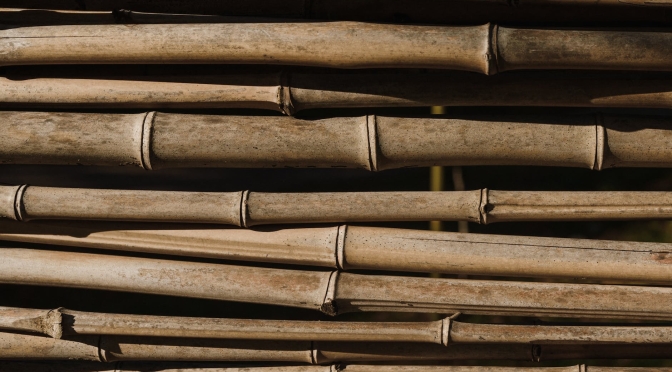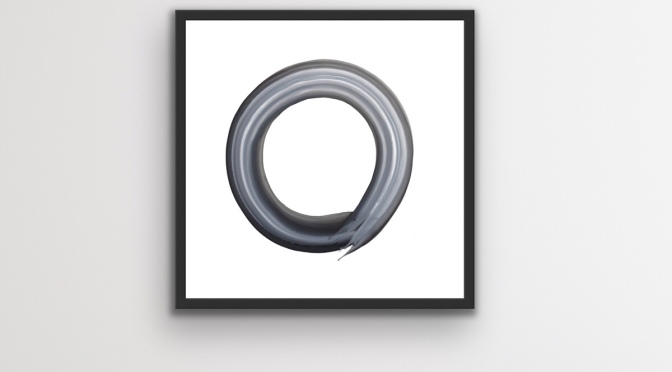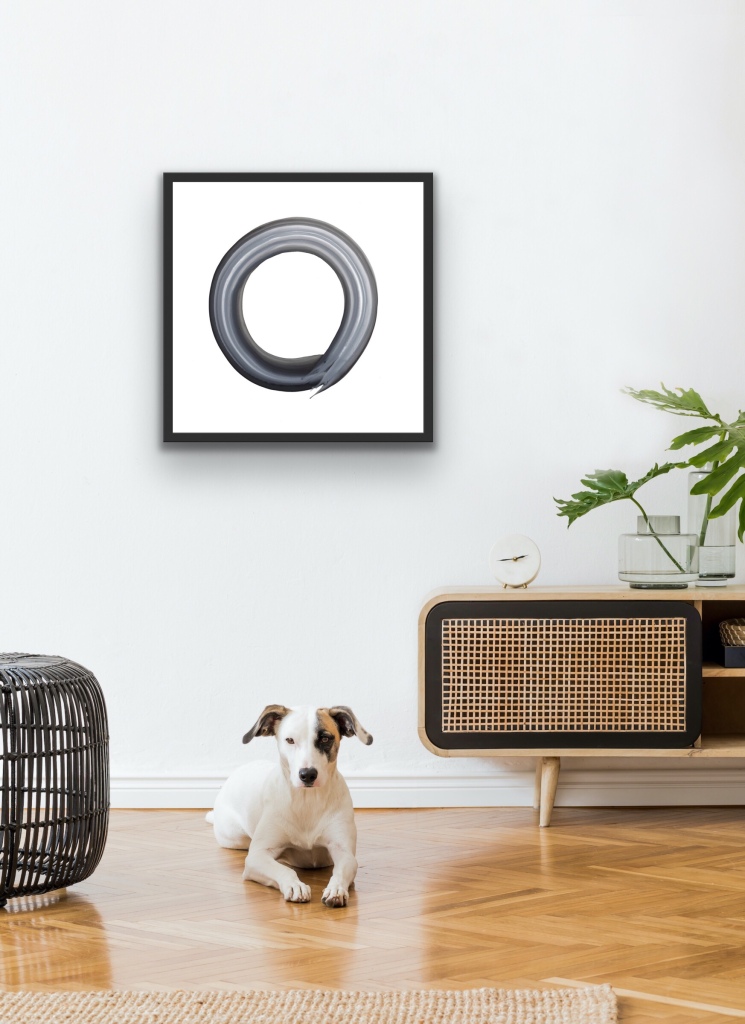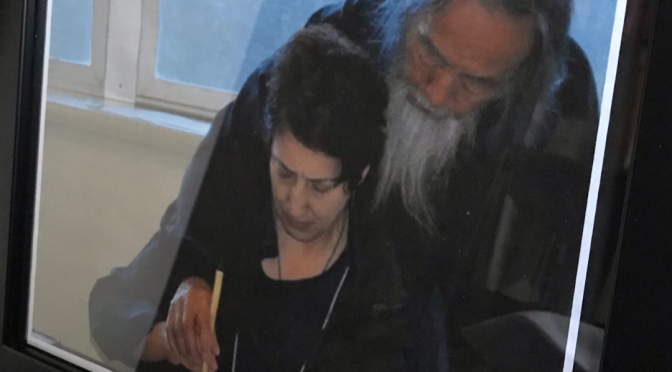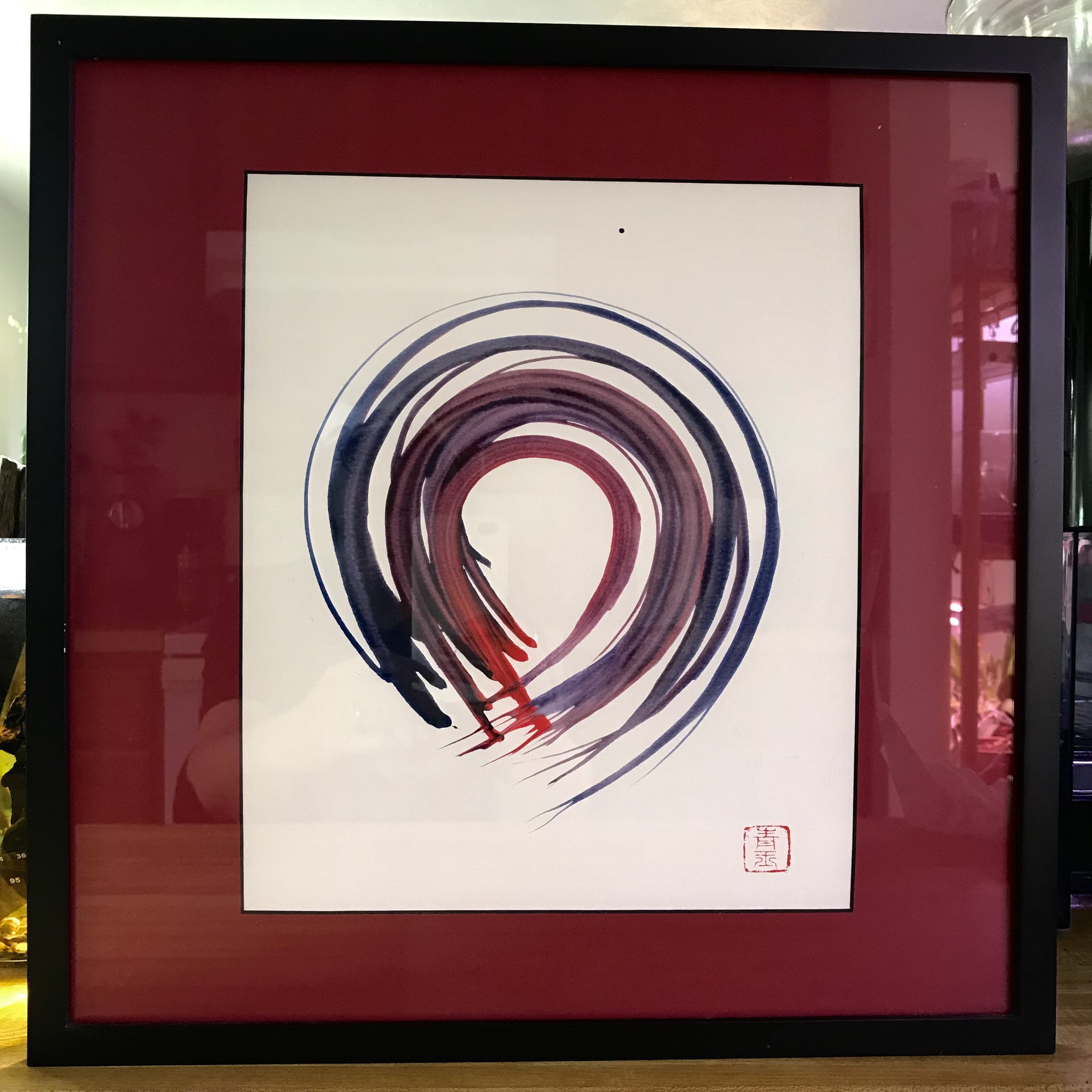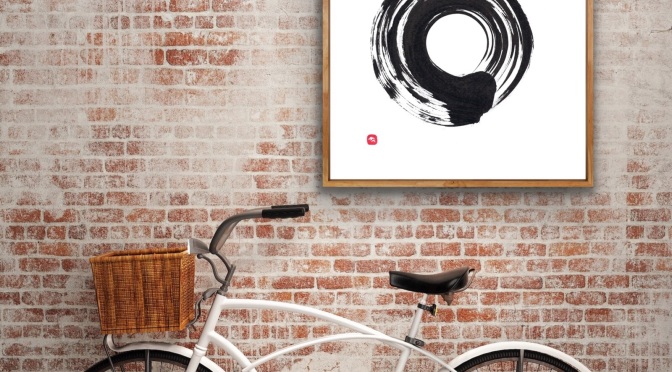
I have been drawing the enso or Zen Circle as a practice for over 10 years. My practice has changed during that time, yet it has remained the same. When I began the practice, I approached it as a mindful art form drawn to build and express the power of concentration. Gradually, as I progressed in my practice, I saw it as a kind of hybrid, a practice in which focus is employed but also where free expression reigns.
The enso is often drawn quickly and freely. Zen masters draw them spontaneously as the mood strikes without any practice. For a contemplative artist, drawing the enso can be a creative means to focus and train the mind. Each one is an invitation to come back to the present moment.
The term practice refers to doing something over and over again on a regular basis. Often, one practices doing something to get good at it, like learning how to play an instrument. Then there are practices like taking a daily walk where the outcome is more subtle but may lead to feeling healthier and happier. And there are practices one does for no other reason than just doing them.
Drawing the enso is like all of these kinds of practice. First, one learns how to hold a brush and draw a circle. With repeated practice, one may experience benefits like those experienced with meditation, such as calmness, peace, and joy. However often I practice just for the purpose of practicing, to experience the expression of the brush in the moment, however that expression is, controlled, loose, or utterly free.
WHY/WHERE/WHEN TO DO ENSO PRACTICE
Drawing enso circles is a way to get present and calm down. It is like a moving meditation. It is a form of discipline where you learn to relax your mind and rest in a state of focus and absorption. After drawing many circles, you may experience settling into a natural state of being. Many meditation teachers teach the enso as a post-meditation practice after a seated meditation session. In contemplative art programs, the enso is often drawn during the first ten to fifteen minutes of class. In these cases, the enso practice begins and ends with a few minutes of seated meditation. As an artist focused on the enso, I devote special sessions to drawing the enso. These may be as short as 5 minutes or extend much longer.
WHERE TO START

Although it is traditional to draw the enso from the bottom of the page, when drawing the enso, you can start anywhere. There are no fixed starting places, so any point is the right starting point. It is best to experiment and follow your intuition, choosing the beginning of the circle at the point that feels right to you. This may change over time. Great meditation masters have started their enso circles from almost every possible place.
HOW TO PRACTICE

When you draw the enso circle, do your best to be completely aware and present. This attention applies not only to the brush stroke but to setting up your workspace, preparing ink or paint, laying out a sheet of paper with a paperweight on the top or corners, then moistening your brush with ink or paint and bringing it to a point.
If seated at a table, sit upright with a straight back, with your shoulders down, and your elbow slightly raised. This posture leads to good form and a stable container for awareness practice. Dip your brush into paint or ink and bring it to a point. Hold the bottom of your page with the hand that is not drawing so the paper doesn’t move. Recheck your posture to make sure your shoulders are down and relaxed. At this point, you might want to tune in and focus on your breathing. Then, while focusing on the process, draw a circle.

After drawing a circle, set down the brush and look at your creation. If you want to continue, you can set that circle aside and reset your workspace and posture. Redip your brush into ink. Then, concentrate and focus with mindfulness and draw another circle. Continue this practice for as long as you wish.


